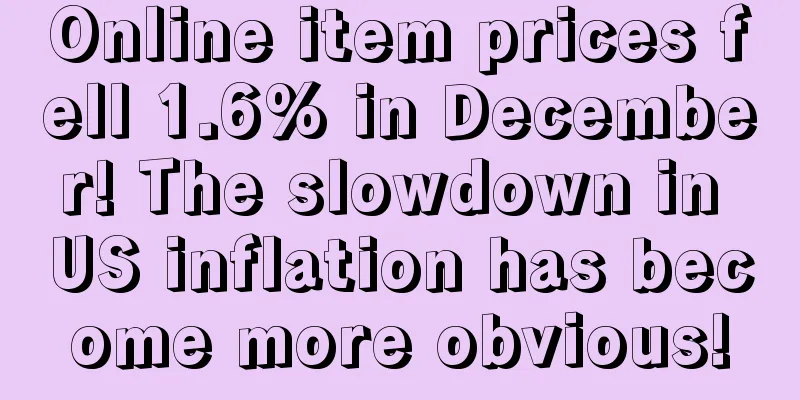Latest, 9 ways to find the best Amazon keywords!

|
The importance of keywords is self-evident. Keywords are the key to obtaining traffic. Setting as many keywords as possible that match consumer needs and searches in advertising can help products gain more exposure and traffic. |
Recommend
Google's drone company Wing is about to exceed 100,000 deliveries!
<span data-shimo-docs="[[20,"获悉,谷歌母公司Alpha...
The blocked accounts of big sellers have been restored, but the logistics problems of small sellers are out of control!
Last month, the suspension of sales of several big...
What is Pronto? Pronto Review
Pronto is a comparison shopping site owned by Barr...
What are Amazon reviews? Amazon reviews
Amazon reviews refer to the comprehensive and auth...
What is Youdao Ads? Youdao Ads Review
Youdao Ads is a professional brand overseas servic...
In foreign trade business communications, if you encounter these situations, don’t just send emails, give the customer a call!
In the foreign trade industry, developing custome...
What is Amazon India? Amazon India Store Review
Opening a store on Amazon India means registering ...
What is EPC (Export Process Center)? EPC (Export Process Center) Review
EPC ( Export Process Center ) is an export process...
Shopify and Sanity reach cooperation! Merchants can flexibly adjust product information!
It is learned that according to foreign media repo...
Breaking news! Amazon will ban the sale of such products, and sellers are discounting to clear inventory overnight?
▶ Video account attention cross-border navigationI...
Rogue law firms are frantically making money. How to deal with TRO?
This period of time is really nerve-wracking, and ...
What is Yao Changjie? Yao Changjie Review
Yao Changjie, born in 1964, graduated from Shaanxi...
What is Panalpina? Panalpina Review
Panalpina Group was founded in 1935 and is headqua...
What is Black Friday? Black Friday Review
" Black Friday " refers to Black Friday,...
What is Amazon Japanese Customer Service? Review of Amazon Japanese Customer Service
Amazon Japan has launched a new service for Chines...









